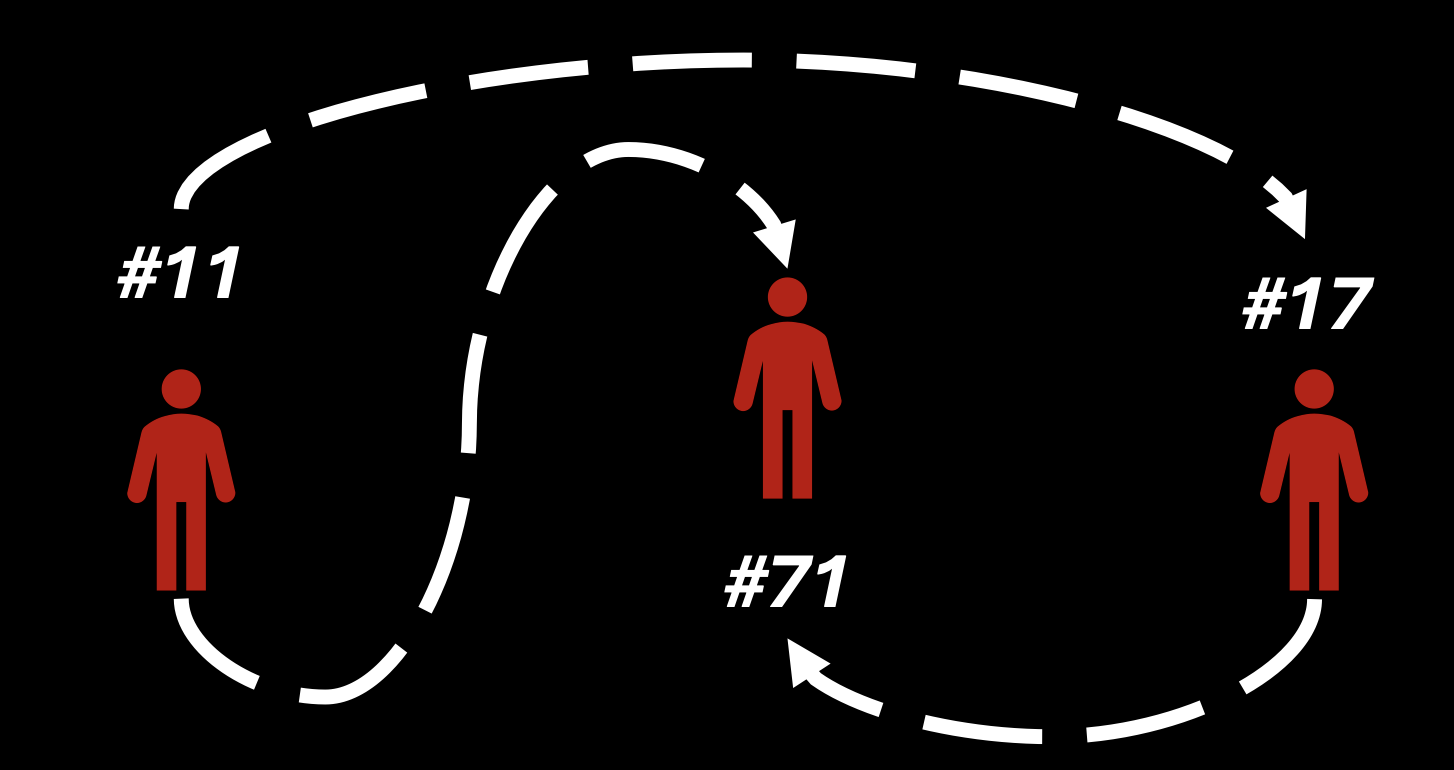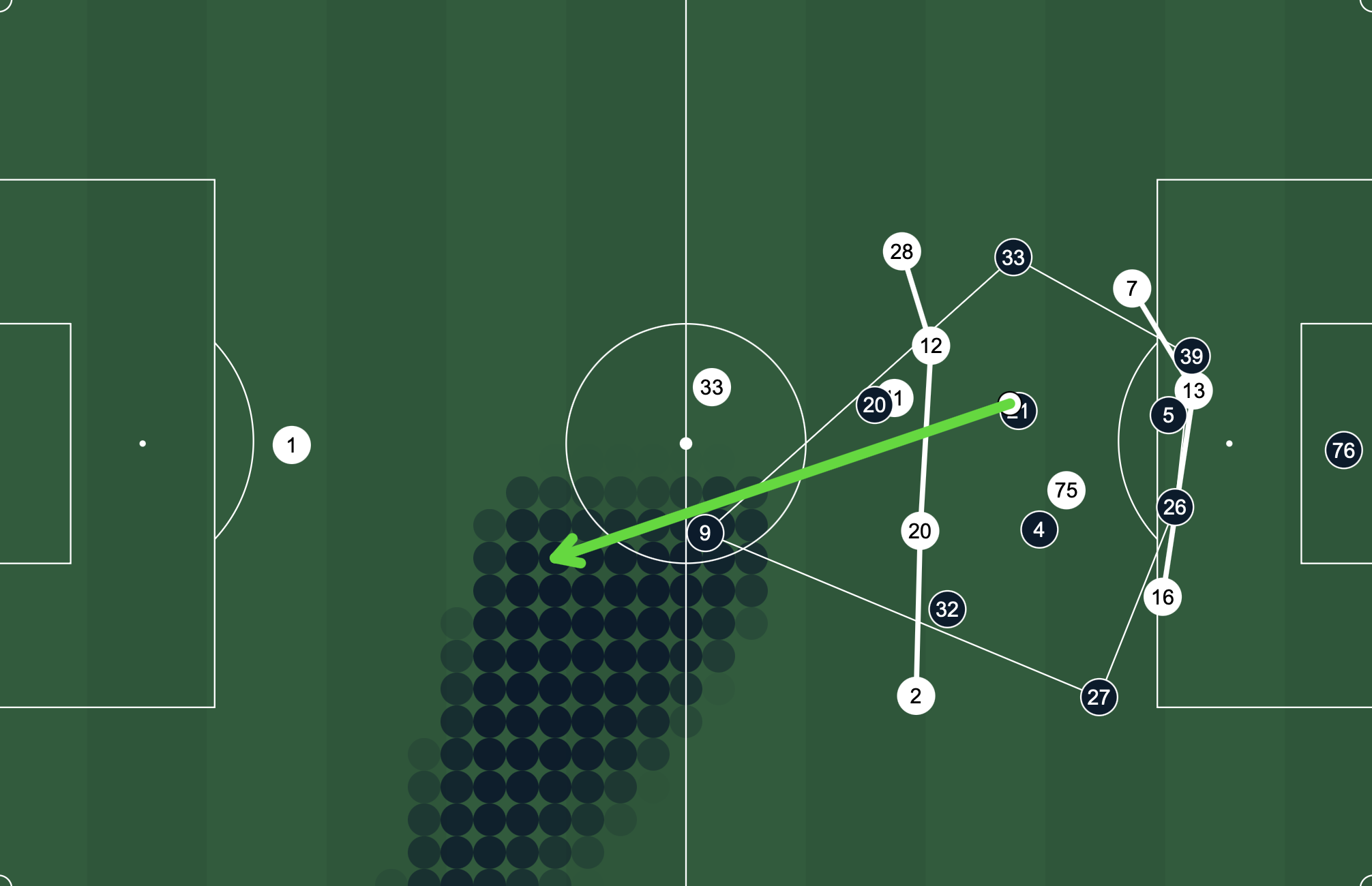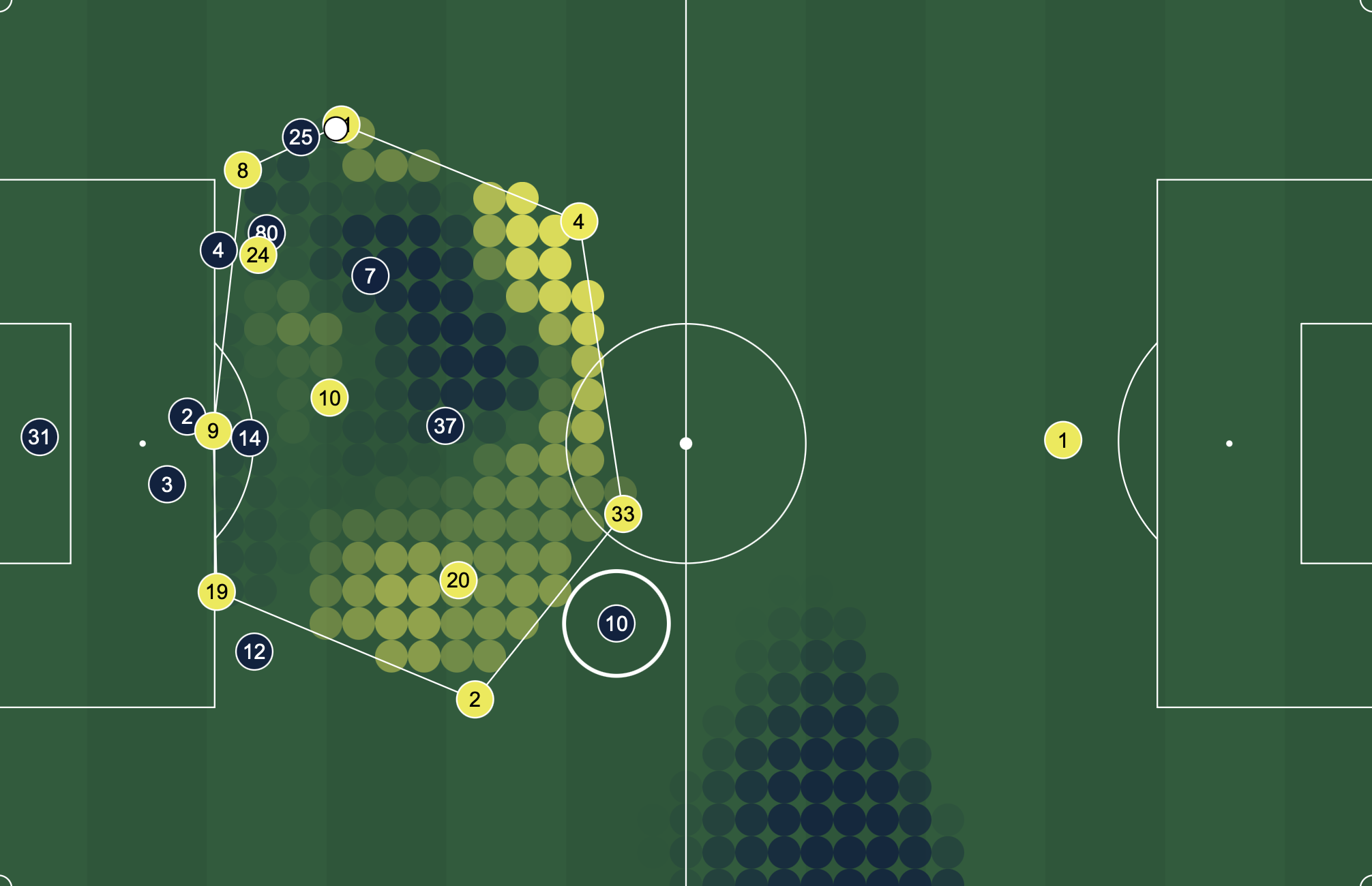· Analysis · 4 min read
Tracking Data in Football: The Foundation of Modern Tactical Insight
Tracking data has transformed football analysis. Revealing tactical structures, player movement, and team compactness that were once invisible to the eye.
Tracking Data in Football: The Foundation of Modern Tactical Insight
Every pass, sprint, and movement on a football pitch tells a story. But to truly understand the game, you need more than just video. You need tracking data.
Tracking data transforms football into something measurable. It captures the movement of every player, referee, and the ball frame by frame, across 90 minutes.
It allows analysts, coaches, and data scientists to see what the eye can’t.
Yet while the opportunities are huge, the challenges are just as real. Tracking data is incredibly powerful but also incredibly messy.
What Is Tracking Data?
Tracking data is a digital record of player and ball positions, usually captured 25–50 times per second using camera-based optical systems or sensor-based solutions.
Each frame contains the x, y (and sometimes z) coordinates for every player forming a continuous map of their movement.
In simple terms: it’s GPS for football, accurate down to a few centimeters and milliseconds.
When processed correctly, tracking data enables you to:
- Measure team shape and compactness
- Detect rest-defence structures
- Quantify pressing behaviours
- Identify line-breaking passes and movement trends
- Evaluate transition reactions and defensive coverage
Why Tracking Data Is Transformational
When accurate, tracking data unlocks insights that were previously invisible to even the most experienced coaches.
1. Objectivity
It replaces assumptions with evidence. Instead of saying “we were stretched,” you can now measure the distance between your back line and midfield, or quantify how compact your rest defence actually was.
2. Consistency
It captures the entire match - not just selected moments. Every movement can be compared across matches, opponents, and tactical contexts.
3. Real-Time Potential
With the right processing power, tracking data can be analysed live, not just post-match. That means seeing vulnerabilities or recurring patterns as they happen. Something Alai specialises in.
4. Integration with Tactical Models
When merged with event data (passes, shots, recoveries), tracking data gives full context showing not just what happened, but why it happened.
The Challenges Behind the Numbers
As precise as it sounds, tracking data isn’t perfect.
Behind every clean visualisation lies a massive effort to clean, validate, and synchronise millions of data points.

Sudden jumps in player position caused by optical tracking loss - “teleportation”.
1. Player “Teleportation”
When players are obstructed or misidentified, their coordinates can suddenly jump across frames creating unrealistic positional shifts.
Why it matters:
These errors distort compactness and speed calculations, producing false tactical readings.

Unrealistic speed spikes - often the result of dropped frames or missing continuity.
2. Unrealistic Speeds
Dropped frames can make players appear to move at impossible speeds (40–50 km/h).
For an algorithm, it’s just data - but for an analyst, it’s noise.
Why it matters:
Such spikes corrupt acceleration and pressing-intensity metrics.

Similar numbers and movements confuse optical tracking, swapping player identities mid-possession.
3. Misidentification or Shirt-Number Confusion
Optical systems track jersey numbers; if two players share digits (8 and 18) or look similar ( 11, 17 and 71), tracking can assign the wrong identity.
Why it matters:
This corrupts player-specific analysis, averages, and heatmaps.
4. Synchronisation Errors
Even a few milliseconds of delay between the ball and players’ coordinates can change the tactical story. A pass may appear late, or a line may look slow to react.
Data Cleaning and Quality Control
At elite level, the difference between good and bad tracking data comes down to cleaning. The unseen process of correcting errors, smoothing trajectories, and re-identifying lost tracks.
This is where Alai’s data intelligence pipeline makes the difference.
Before analysis, Alai’s system:
- Validates positional continuity: detecting teleportation and dropped frames.
- Removes unrealistic speeds: filtering out data spikes that break physical plausibility.
- Cross-checks identities: matching trajectories and spatial patterns to correct mislabels.
- Synchronises data streams: aligning ball and player movements for temporal precision.
Only once the data is verified does Alai’s tactical layer process live insights from rest-defence to pressing sequences and trend detection.
Why It Matters for Clubs
The real power of tracking data isn’t in collecting it but in trusting it.
- Analysts need clean inputs to generate valid outputs.
- Coaches need clarity to act on insights during matches.
- Sporting directors need consistency to benchmark performance across seasons.
Without cleaning and verification, tracking data can create the illusion of knowledge. What looks like insight might just be noise.
The Alai Approach: From Raw Data to Real Understanding
At Alai, we don’t just visualise tracking data - we interpret it.
Our algorithms process data in real time, filter out noise, and highlight what actually matters tactically.
This enables clubs to:
- Identify vulnerabilities and opportunities live during matches
- Detect recurring trends across games
- Evaluate performance objectively and instantly
In modern football, where every frame counts, data reliability is the foundation of tactical trust.
Final Thought
Tracking data has changed football forever, but only when it’s used wisely.
It offers incredible depth yet demands precision and context to be meaningful.
Raw data alone doesn’t win matches.
Understanding what’s real and filtering what’s not is where the real competitive edge lies.
And that’s exactly what Alai is built to deliver.
Want to see how Alai turns tracking data into live tactical insight?
- Tracking Data
- Tactical Analysis
- Live Analytics
- Football Technology



